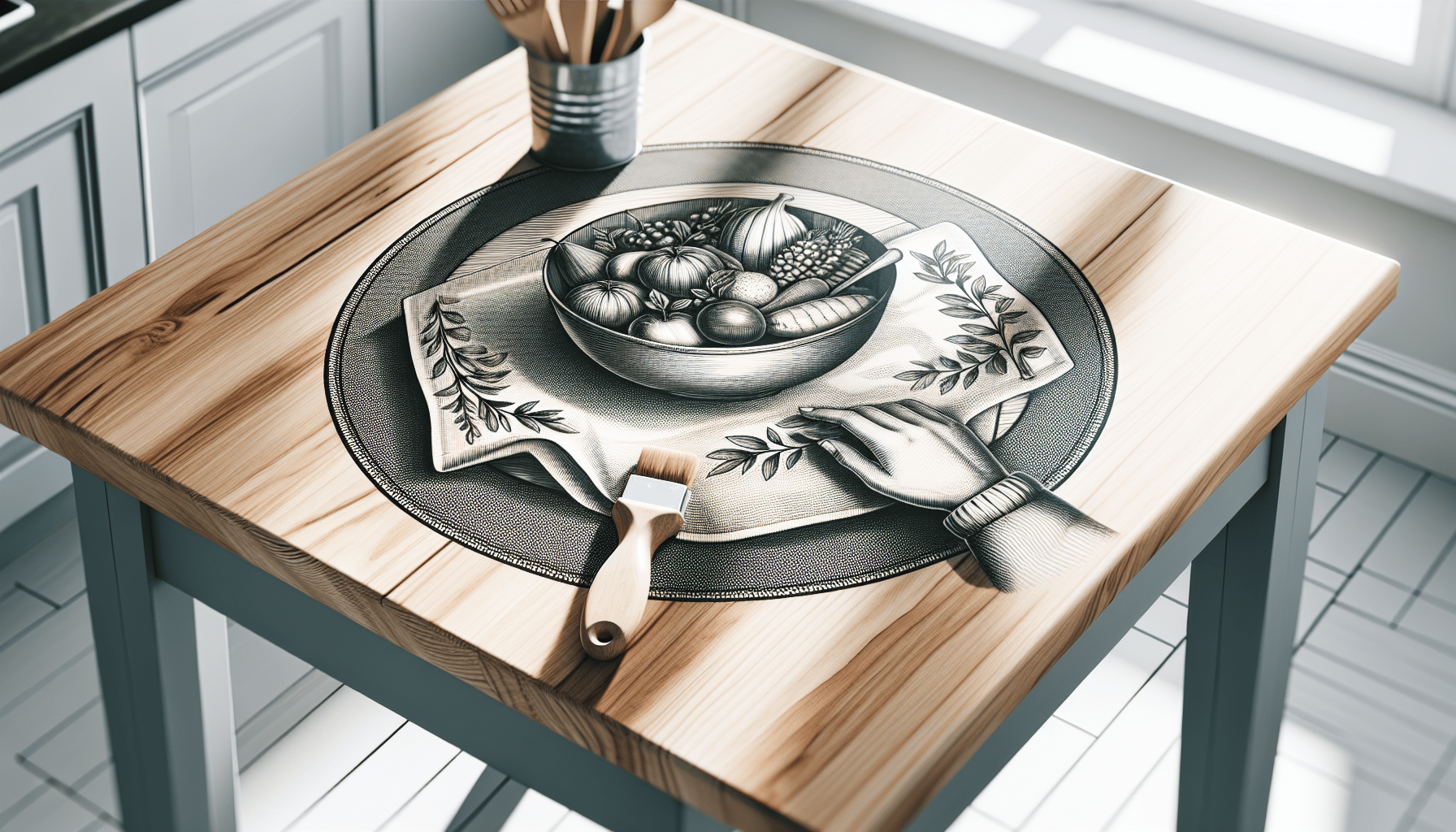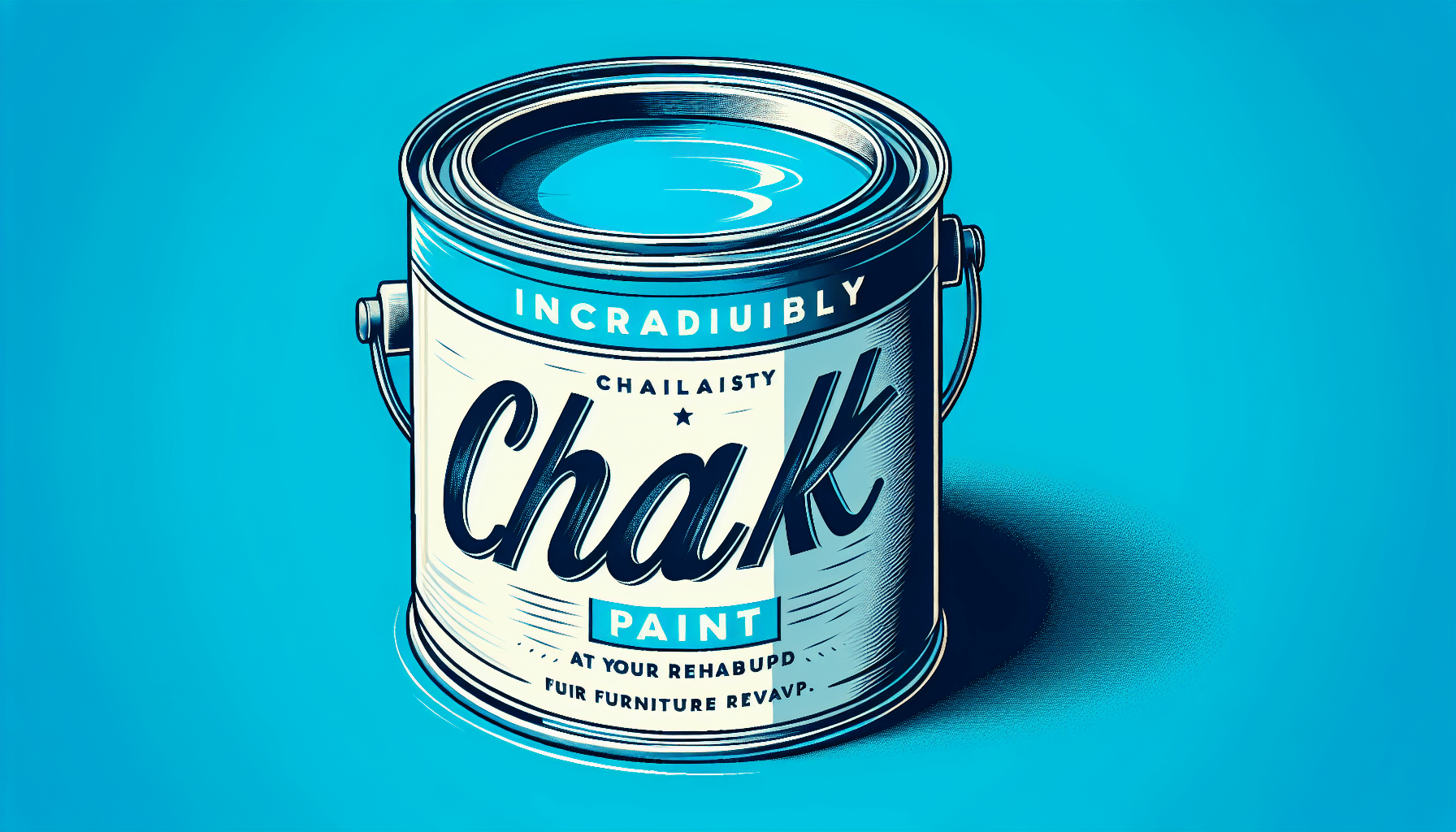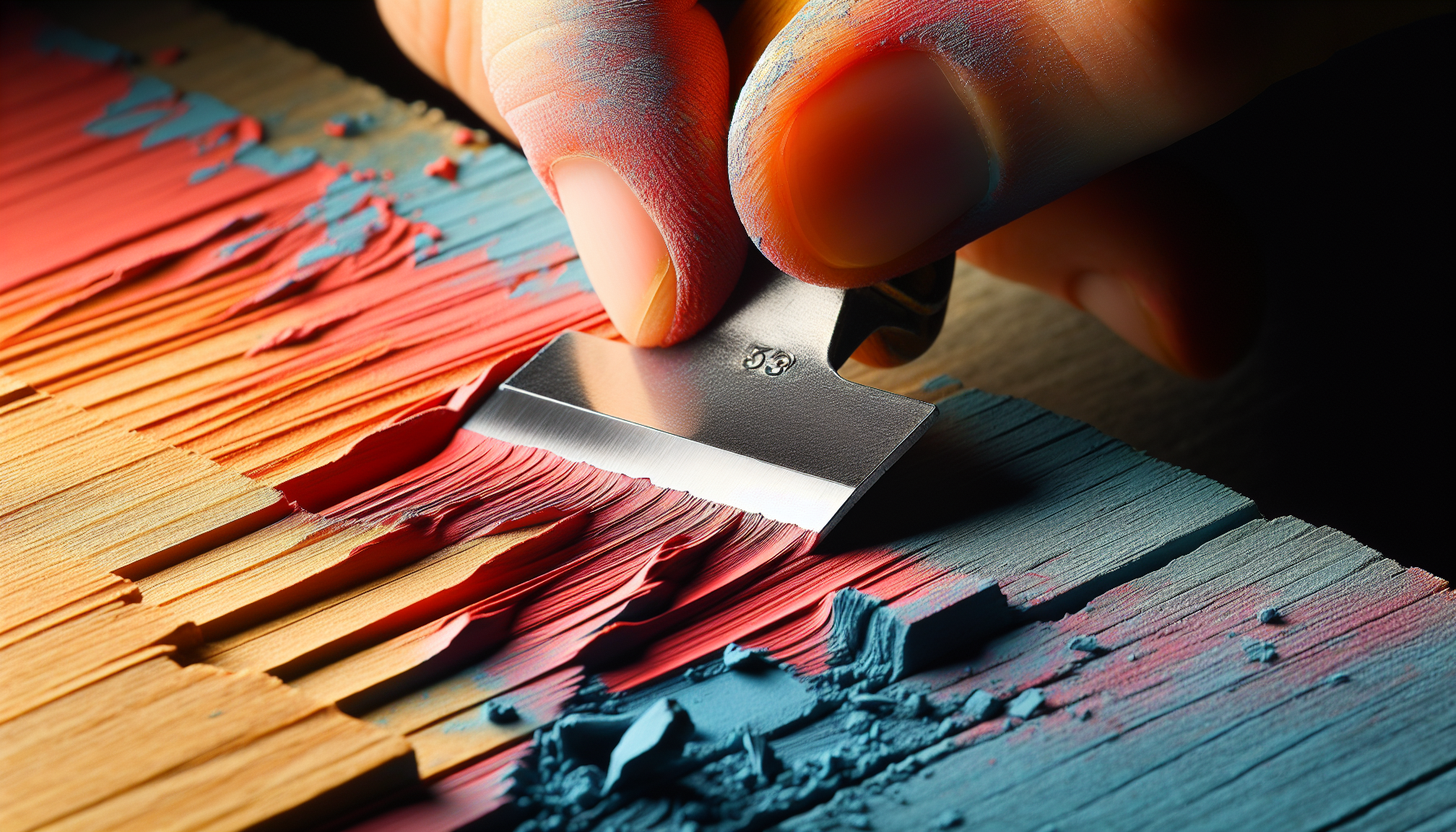When considering using chalk paint to refinish your kitchen table, it is essential to understand the level of durability it offers. Chalk paint is known for its unique matte finish and ease of application, but questions often arise regarding its ability to withstand the daily wear and tear of a kitchen table surface. In this article, we will explore the durability of chalk paint for kitchen tables, its potential pros and cons, and provide practical tips for ensuring a long-lasting finish that can stand up to daily use in your kitchen.
Is Chalk Paint Durable For Kitchen Tables?
Many homeowners are looking for cost-effective and stylish ways to revamp their kitchen tables. Chalk paint has become a popular choice for its versatility and ease of use. But one common question that arises is, “Is chalk paint durable enough for a kitchen table that sees daily use?”
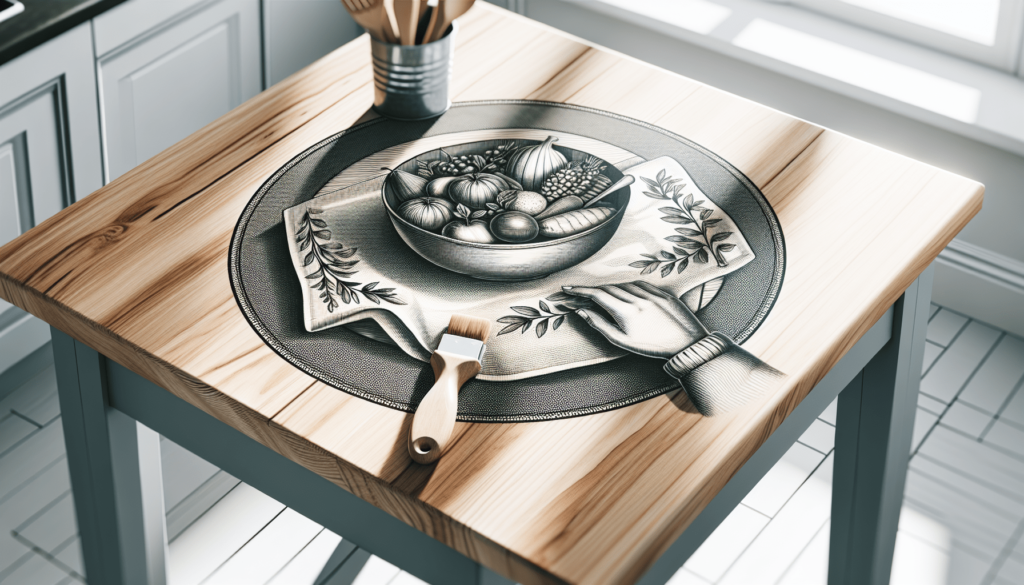
Understanding Chalk Paint
Chalk paint is a type of paint that has a matte finish and a chalky texture, hence the name. It was developed by Annie Sloan in 1990 and has since gained popularity for its ease of application and ability to adhere to various surfaces without the need for priming or sanding.
Chalk paint is water-based and contains ingredients like calcium carbonate, talc, and pigment. It dries quickly and can be easily distressed to achieve a shabby chic or vintage look.
Pros and Cons of Chalk Paint for Kitchen Tables
Using chalk paint on a kitchen table has its advantages and disadvantages. Let’s take a closer look at both:
Pros
- Easy Application: Chalk paint is easy to apply with minimal prep work required.
- Versatile: Chalk paint can be used on a variety of surfaces, including wood, metal, and even fabric.
- Customizable: Chalk paint can be mixed to create custom colors and finishes.
- Distressing: Chalk paint can be distressed easily to achieve a weathered look.
Cons
- Durability: One of the main concerns with chalk paint is its durability, especially on high-traffic surfaces like kitchen tables.
- Maintenance: Chalk paint may require additional sealing or waxing to protect the surface from wear and tear.
- Limited Finish Options: Chalk paint dries to a matte finish, which may not be suitable for all design styles.
- Price: Chalk paint can be more expensive than traditional paint options.
Testing Chalk Paint on Kitchen Tables
Before committing to using chalk paint on your kitchen table, it’s important to test its durability. Here are some steps you can take to test chalk paint on a small area of your table:
- Preparation: Clean and sand a small section of your table to remove any existing finish or dirt.
- Painting: Apply a thin coat of chalk paint to the prepared area and let it dry fully.
- Distressing: If desired, distress the painted area with sandpaper or a damp cloth.
- Sealing: Seal the painted area with a clear wax or polyurethane to protect the finish.
- Testing: Use the painted area as you normally would for a week to see how well it holds up to daily use.
By following these steps, you can determine if chalk paint is a suitable option for your kitchen table based on your lifestyle and needs.
Sealing Chalk Paint on Kitchen Tables
To improve the durability of chalk paint on a kitchen table, it’s recommended to seal the surface with a protective finish. Here are some common sealants that can be used:
Wax
- Description: Wax is a popular choice for sealing chalk paint due to its ease of application and matte finish.
- Application: Apply a thin coat of clear wax to the painted surface using a soft cloth or brush. Allow it to dry and buff to a matte sheen.
- Maintenance: Wax may need to be reapplied every few months to maintain the protective finish.
Polyurethane
- Description: Polyurethane is a durable sealant that provides a glossy or matte finish.
- Application: Brush or spray a thin coat of polyurethane over the painted surface. Allow it to dry fully before adding additional coats.
- Maintenance: Polyurethane is a long-lasting sealant that requires minimal maintenance.
Polycrylic
- Description: Polycrylic is a water-based sealant that provides a clear, protective finish.
- Application: Apply a thin coat of polycrylic using a brush or roller. Allow it to dry completely between coats.
- Maintenance: Polycrylic is durable and easy to maintain, requiring only periodic touch-ups.
By sealing your chalk paint with a protective finish, you can enhance its durability and ensure that your kitchen table withstands daily use.
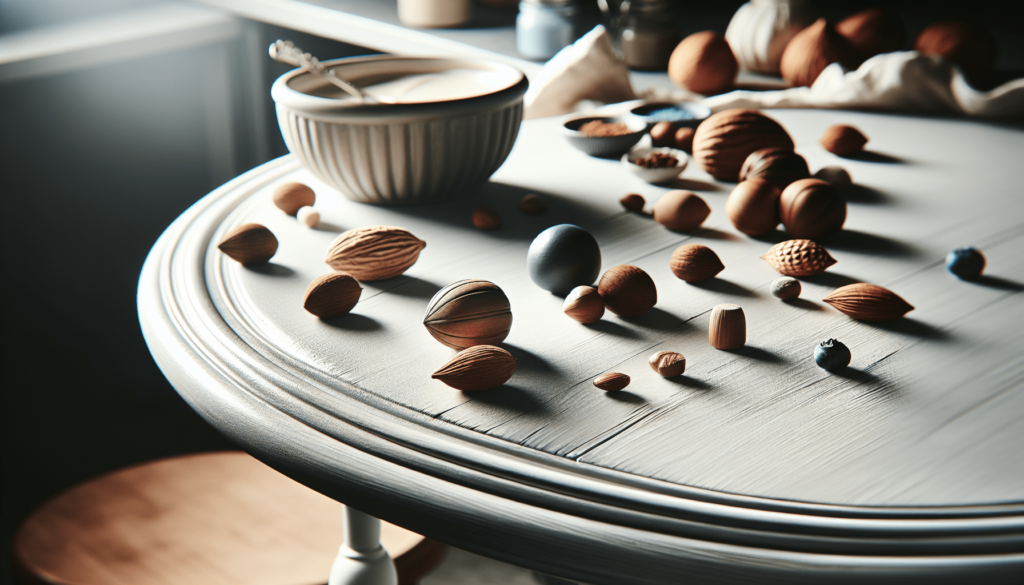
Maintaining Chalk Painted Kitchen Tables
To keep your chalk-painted kitchen table looking its best, regular maintenance is essential. Here are some tips for maintaining chalk paint finishes:
- Cleaning: Wipe down the table with a damp cloth or mild soap and water to remove dirt and spills.
- Avoid Harsh Chemicals: Avoid using harsh cleaning products that can damage the chalk paint finish.
- Use Coasters: Place coasters under glasses and plates to protect the painted surface from water rings and scratches.
- Reapply Sealant: Periodically reapply wax or sealant to maintain the protective finish of the chalk paint.
- Touch-Ups: Keep a small amount of chalk paint on hand for touch-ups and minor repairs.
By following these maintenance tips, you can prolong the life of your chalk-painted kitchen table and ensure that it remains a focal point in your home for years to come.
Comparing Chalk Paint to Other Paint Options
When considering painting your kitchen table, it’s important to weigh the pros and cons of chalk paint against other paint options. Here’s a comparison of chalk paint to traditional paint choices:
Chalk Paint vs. Latex Paint
- Durability: Latex paint is known for its durability and is less likely to chip or peel compared to chalk paint.
- Ease of Application: Chalk paint is easier to apply without the need for priming or sanding, while latex paint may require more preparation.
- Finish: Latex paint offers a smooth, glossy finish, while chalk paint dries to a matte, textured finish.
Chalk Paint vs. Milk Paint
- Durability: Milk paint is similar to chalk paint in terms of durability, both requiring a protective finish for longevity.
- Natural Ingredients: Milk paint is made from natural ingredients like milk protein, lime, and pigment, making it a more eco-friendly option.
- Finish: Milk paint dries to a flat, velvety finish, while chalk paint has a chalky, matte texture.
Chalk Paint vs. Spray Paint
- Application: Spray paint is quick and easy to apply, making it ideal for small projects or intricate details.
- Durability: Spray paint can be durable if a suitable top coat is applied, but may not hold up as well as chalk paint on high-traffic surfaces.
- Finish: Spray paint offers a smooth, even finish, while chalk paint has a textured, distressed look.
By comparing chalk paint to other paint options, you can make an informed decision on the best choice for your kitchen table based on your preferences and needs.
Conclusion
In conclusion, chalk paint can be a durable and stylish option for revamping your kitchen table. By properly preparing the surface, testing the paint for durability, sealing it with a protective finish, and maintaining it regularly, you can enjoy the beauty and versatility of chalk paint in your home.
Remember to consider your lifestyle, design preferences, and maintenance capabilities when choosing chalk paint for your kitchen table. With the right care and attention, your chalk-painted table can become a centerpiece in your home that withstands the test of time.
